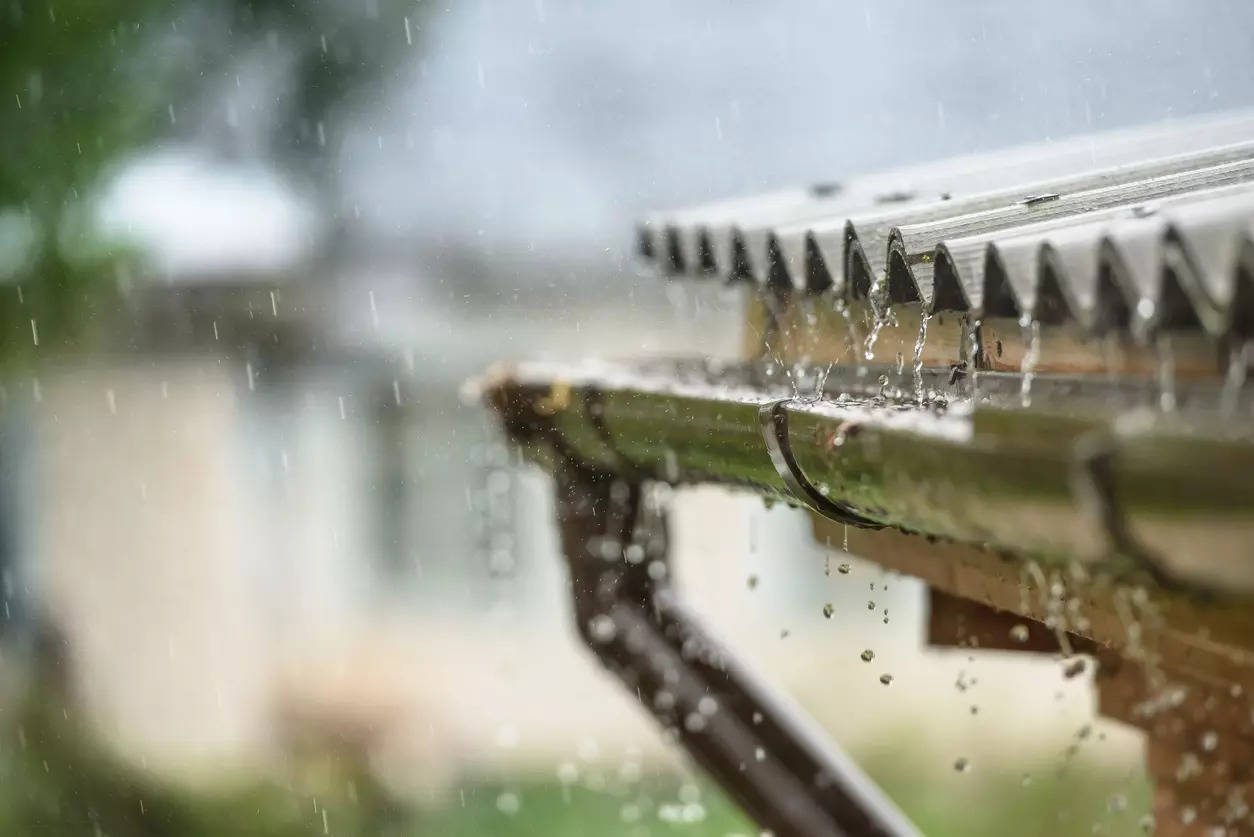
NEW DELHI: Delhi Jal Board (DJB) is set to look into the functionality of rainwater harvesting (RWH) systems installed in over 7,000 buildings across the city. DJB will also assess the compliance of house owners with regard to these systems and is expected to submit a report to the govt by the end of the monsoon.
For a city that faces a shortage of drinking water, it becomes essential to hunt for alternatives. With groundwater resources overexploited and making up for less than 13% of the daily water supply, a strong network of RWH systems is essential and a viable water conservation method.
It is mandatory for private properties of more than 100 square metres and all govt buildings to have a functioning rainwater harvesting system. While the guidelines have been in place for a long time, adherence is still lacking on the ground for various reasons, including a lack of complete information and unresolved queries.
According to officials, while many buildings have these systems installed, but questions remain on the functionality. Hence, all the statutory authorities and civic bodies have been directed to check before issuing the occupation certificate of any building, which is the law.
The Delhi govt has repeatedly extended the deadline for mandating rainwater harvesting systems in individual households, with the latest extension pending since March this year.
RWH is a technique of collecting and storing rainwater in natural reservoirs or tanks, or the infiltration of surface water into the subsurface level. These pits are actually soak pits, from where rainwater is collected. Thereafter, water penetrates into the ground, which increases the level of groundwater.
Authorities are now focused on constructing RWH pits in low-lying areas where waterlogging is a problem and excess water can be diverted into these pits.
“All land-owning agencies are in the process of assessing low-lying areas to submit a report to the Integrated Drain Management Cell after exploring the creation of RWH pits within a period of three months,” says a govt report. This is in preparation for the forthcoming monsoon season.
There are 1,245 govt buildings where the system is yet to be installed. These are mostly schools and colleges and a few others. While the areas along the Yamuna and some other locations with a high water table are exempted, the DJB in other areas is supposed to provide financial assistance and empanelled engineers as an incentive for the public to install the systems.